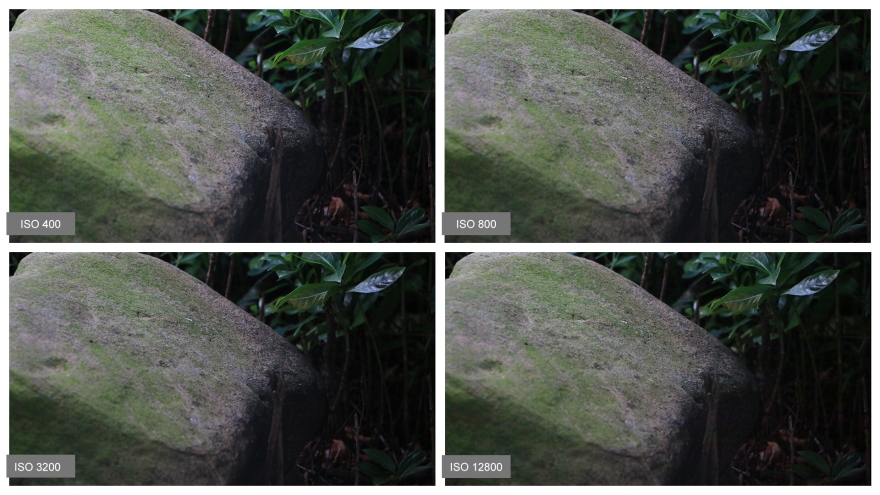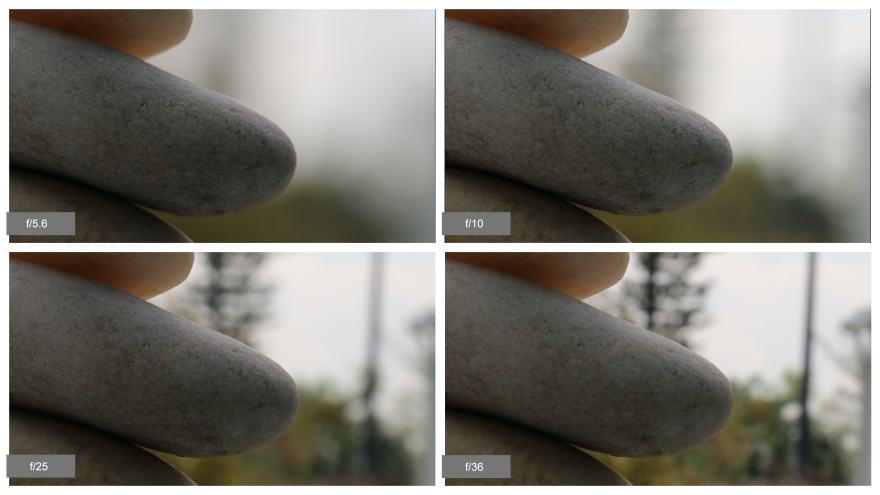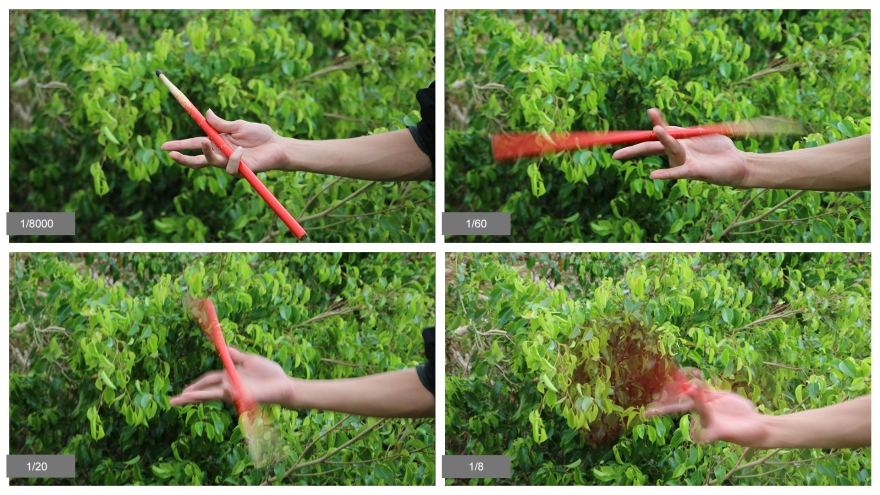After a few guesses of attempting to guess what dpi stands for I’ve concluded that it is an abbreviation for Dog Pee Incidents. However, the intellectual internet has yet again taught me something new; Dpi stands for dots per inch.
What’s Dpi?
Dots per inch refers to the print on posters, banners, and several other printable objects that use dots of ink per inch to determine the quality of a printed image. In simpler terms, the higher the dpi the more detail would show in the finished printed product.
DPIs used for Printing and Web
The DPI may have to be altered depending on how the designer will exhibit his or her work. If the designer chooses to print their work, they must use a DPI of at least one hundred and fifty (typically three hundred.) It is important to have a high dpi otherwise suffering of one’s self is guaranteed due to the poor quality If the designer chooses it to add their image on a blog it would be ideal to use a DPI of 72. This is because it is considered the standard dpi for web images.
Resolution also plays a great factor in images because if an image is taken in with a low resolution (like a flip phone or an old android tablet) then no matter what dpi the image is set to; it will come out in bad quality. In order to avoid that situation, designers should use only the most advanced camera for professionals, DSLR cameras. A DSLR’s resolution can go up to 50.6 megapixels for each photograph.
Another important factor is the size of the computer’s monitor that any designer is working on — which can alter the dpi of the image. For example, a monitor with the resolution of 1024×768 will have a dpi of 70. While in a monitor with a resolution of 1280×1024 would have a dpi of 87. This would result with a smaller image but with greater detail because of the density of pixels on the monitor or PPI (also known as Pixels per Inch.)
Later on in our multimedia class, we will have to know by prior knowledge when to use which types of DPIs which makes all of us just a little bit better.
To further comprehend the meaning and uses of DPI click here.
To explore more awesome pictures of this photographer seen in the featured image click here



 Using a shutter speed of 1/60 is recommended unless you are using a tripod. Otherwise, camera shake will ruin almost every shot because we are humans and cannot keep a camera still for more than one sixtieth of a second. Be creative when using slow shutter speed to an advantage to showcase things like waterfalls, and the zoomiest cars.
Using a shutter speed of 1/60 is recommended unless you are using a tripod. Otherwise, camera shake will ruin almost every shot because we are humans and cannot keep a camera still for more than one sixtieth of a second. Be creative when using slow shutter speed to an advantage to showcase things like waterfalls, and the zoomiest cars.